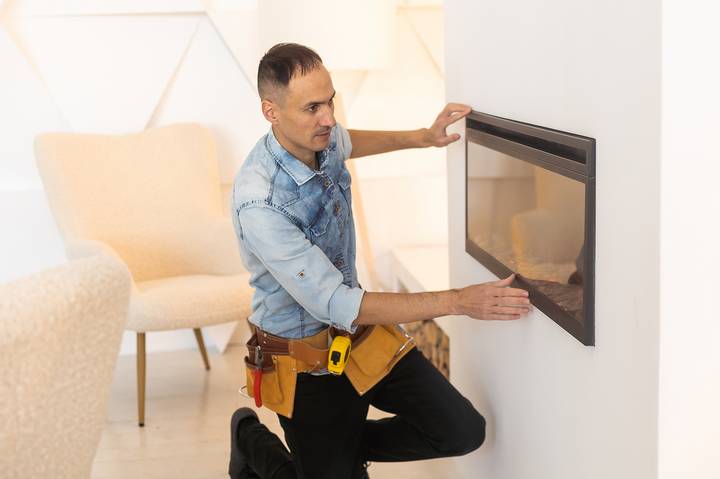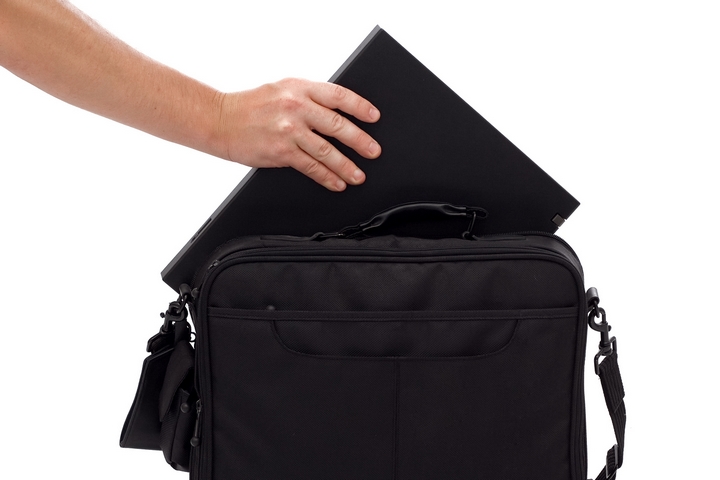
It can be pretty annoying if the fireplace, which is supposed to warm up your lovely home when the temperatures go lower, welcomes cold outside air into the house. No one expects to experience such, meaning it could be a malfunction. The good thing is that you can confidently block this cold air from the fireplace through various techniques.
Cold air inside your home when you already have the fireplace on can be dissatisfying. It increases the risk of a common cold and impacts your energy bills as you strive to heat the rooms better. Hopefully, you’ve understood the above techniques to block this ‘menace’ from your home.
Below is a deeper look into the matter alongside more beneficial details.
Why There’s Cold Air From the Fireplace
Cold air from your fireplace doesn’t just happen but is facilitated by various factors and situations. For instance:
- Extremely windy or cold weather conditions can allow cold air to penetrate the fireplace.
- A leaky damper can also let cold outside air into the fireplace.
- Under insulation of the walls and other surfaces surrounding the fireplace can bring in cold air.
- Drafts around the fireplace or chimney often allow cold outside air to enter.
Check the Damper
A damper is a device situated at the top of the chimney. It significantly influences the performance of your fireplace as it allows smoke to pass through it while the fire burns. The damper also prevents the fireplace from losing heat when it’s not in use.
Your fireplace may not function well without a damper, attracting cold air from outside. If you have the device, it’s essential to check its condition as it might have broken or worn out, leading to malfunction.
Faulty dampers should be repaired or replaced with new ones for greater functionality of your fireplace. Remember to close the damper when the fireplace isn’t used to prevent drafts from infesting the chimney.
Incorporate a Fireplace Door
Adding a door is another effective way of blocking cold air from the outdoor fireplaces. It should not be a typical door but an opportunity to showcase your style and class through a décor like a fireplace door. The technique has proven viable in preventing cold air coming from the chimney from invading your room.
It’s also a great way of shielding the fireplace and surrounding essentials from being tampered with by children and pets. If installing a door on a pre-installed fireplace, you should ensure an expert does it for more remarkable results.
Add a Draft Guard
You can block cold air from the fireplace by covering the device with a draft guard. These are available in different brands across the town, especially in hardware stores. Ensure you have the correct measurement of your fireplace opening to get an adequate guard.
Installing a draft guard is relatively easy as you only need to unfold and locate it over the fireplace hole. However, you can engage a professional if you’re not confident enough. Remove the draft guard whenever you need to use the fireplace and return it upon cooling.
Install a Chimney Balloon
As the term suggests, a chimney balloon is an inflatable plastic piece fitted around the chimney to deter drafts from entering. They are available in different stores or online. You can use them more often.
Chimney balloons are only applicable when you can access your chimney interiors, which may be challenging for non-professionals. The balloon is located within the chimney and inflated until it touches the sides and keeps drafts at bay. Additionally, it would be best to employ the balloon when the fireplace is not in use because it may burn and deflate it.
Add a Flue Liner
A flue liner serves as the chimney’s insulator while shielding the brickwork from the intensive heat from the fireplace. This extreme heat could easily damage the masonry, keeping cold outside air and drafts closer. A flue liner should be inspected annually for any damages or cracks that could attract draft issues and increase the risk of fire accidents.
Any underlying problem should be addressed accordingly through repair or replacement. There are plenty of flue liners in the market. Some factors to consider when purchasing include durability, functionality, quality, and maintenance.
Schedule Annual Fireplace Inspections
You can block cold air from your fireplace by scheduling consistent professional inspections. Experts recommend annual fireplace inspections, which involve thoroughly cleaning and evaluating the device’s condition. During these inspections, the professionals can discover and address any underlying issue with your fireplace.
Going for extended periods without inspection (more than a year) could make the fireplace and related areas vulnerable to damage. This increases the risk of cold air entry, which could worsen during harsh weather seasons such as winter or excessively windy days.
You can determine if your preferred chimney and fireplace inspector is reputable and effective enough by scrutinizing their ratings and reviews or through referrals.












